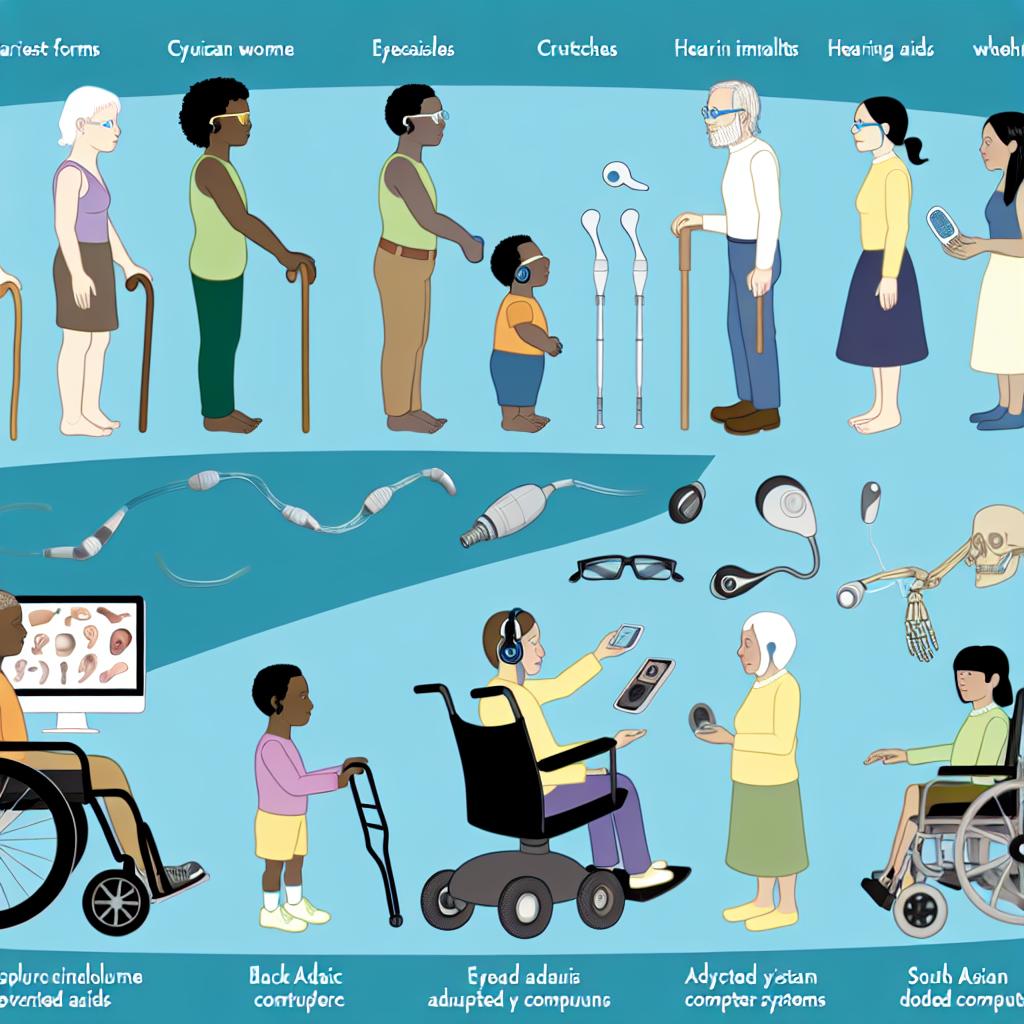The Origins of Assistive Technology
The concept of assistive technology has a long-standing history that stretches back to ancient times, characterized by the development of various devices created to help individuals with disabilities manage everyday tasks in a predominantly able-bodied society. Historical documentation suggests that even in ancient Greece, there were rudimentary forms of prosthetics and hearing aids, albeit in less developed forms than what we have today. The core idea behind assistive technology began with simple tools crafted from naturally available resources such as wood and animal parts. These early innovations laid the groundwork for future advancements.
Advancements through the Ages
As civilizations grew and scientific understanding progressed, so did the complexity and effectiveness of assistive technologies. The Renaissance period was a time of great progress not just in the arts and literature but also in science and medicine. This era brought significant improvements in prosthetic design and functionality. By the 16th century, articulated artificial limbs had been developed, representing a significant leap forward. These advancements provided enhanced mobility and functionality, allowing individuals with disabilities greater independence and participation in daily life.
The Industrial Revolution’s Impact
The Industrial Revolution, spanning the 18th and 19th centuries, had a profound impact on many aspects of society, including the field of assistive technology. Technological and industrial advancements during this period led to the mass production of assistive devices. This shift dramatically reduced manufacturing costs and significantly increased the availability of these tools to a broader audience. One notable invention was the sewing machine, which facilitated the production of supportive garments and orthoses. This not only improved the quality of the products but also made them more accessible to those in need.
Rise of Electronic Assistive Technology
The 20th century heralded a new era for assistive technology with the rise of electronics. The invention of the transistor and microprocessor laid the foundation for a variety of sophisticated devices, reshaping the landscape of what was possible. Hearing aids became significantly more effective, providing clearer sound and better noise management. Voice synthesizers allowed individuals with speech impairments to communicate verbally, enhancing their ability to interact in social and professional settings. Additionally, computer-based communication tools emerged, tailored to support individuals with visual impairments or other disabilities, ultimately promoting greater autonomy and integration.
The Digital Age and Beyond
The late 20th century and early 21st century have been marked by the rapid evolution of digital technology and the internet, further revolutionizing assistive technology solutions. Modern advancements have given rise to tools such as screen readers, which convert text to speech for the visually impaired, and eye-tracking software that allows individuals to control computers with eye movements. Wearable technology, like smart gloves and exoskeletons, offers novel levels of interaction, helping individuals with mobility challenges perform tasks more easily.
The recent integration of artificial intelligence (AI) into assistive technology is paving the way for personalized, adaptive solutions that improve through interaction with their users. These AI-driven tools possess the potential to develop a deeper understanding of user needs and preferences, offering customized support that enhances independence and quality of life.
The future of assistive technology presents exciting possibilities for further integration into everyday life, ultimately aiming to cultivate a world that is more accessible and inclusive for individuals with disabilities. Emphasizing ethical considerations and fostering inclusivity will be critical to shaping these technological developments effectively.
For those interested in delving deeper into current innovations and trends in assistive technology, numerous resources and research studies are accessible through educational and professional organizations dedicated to advancing this important field.
